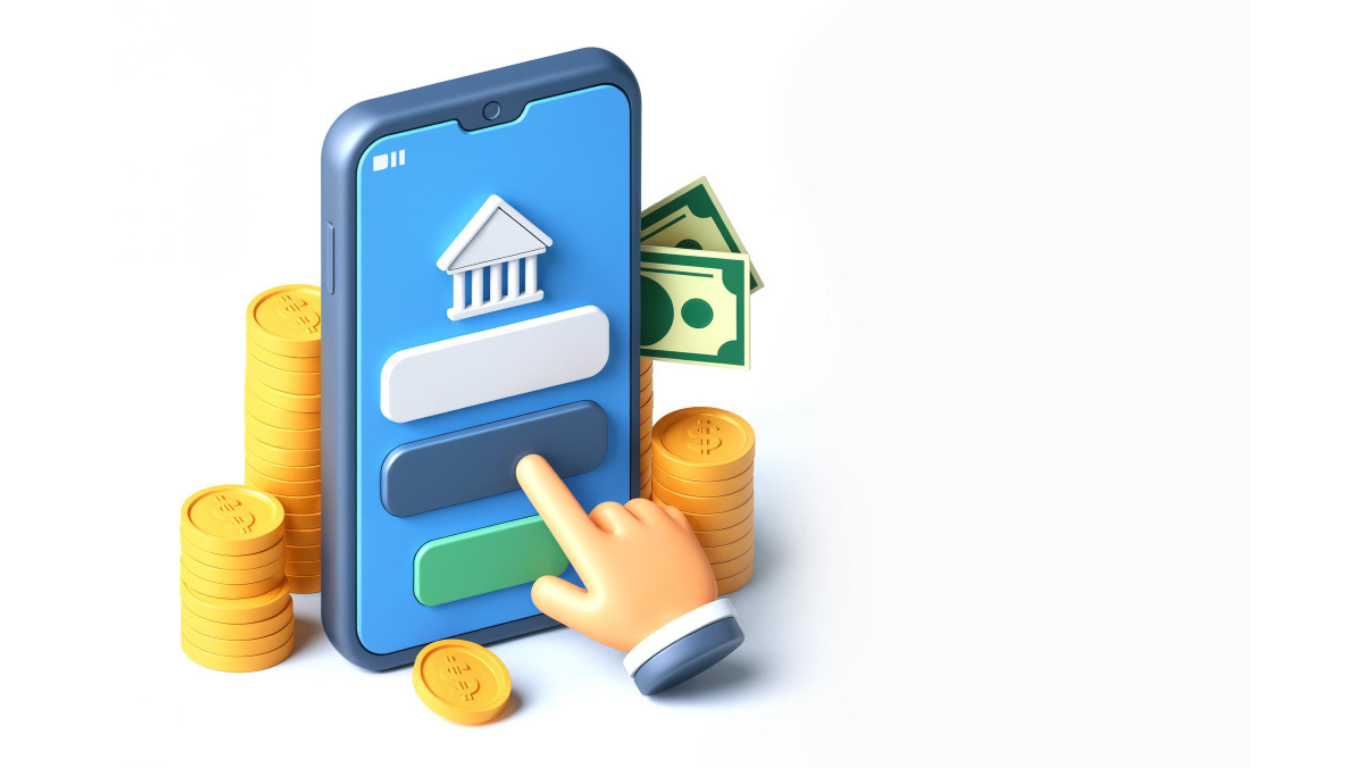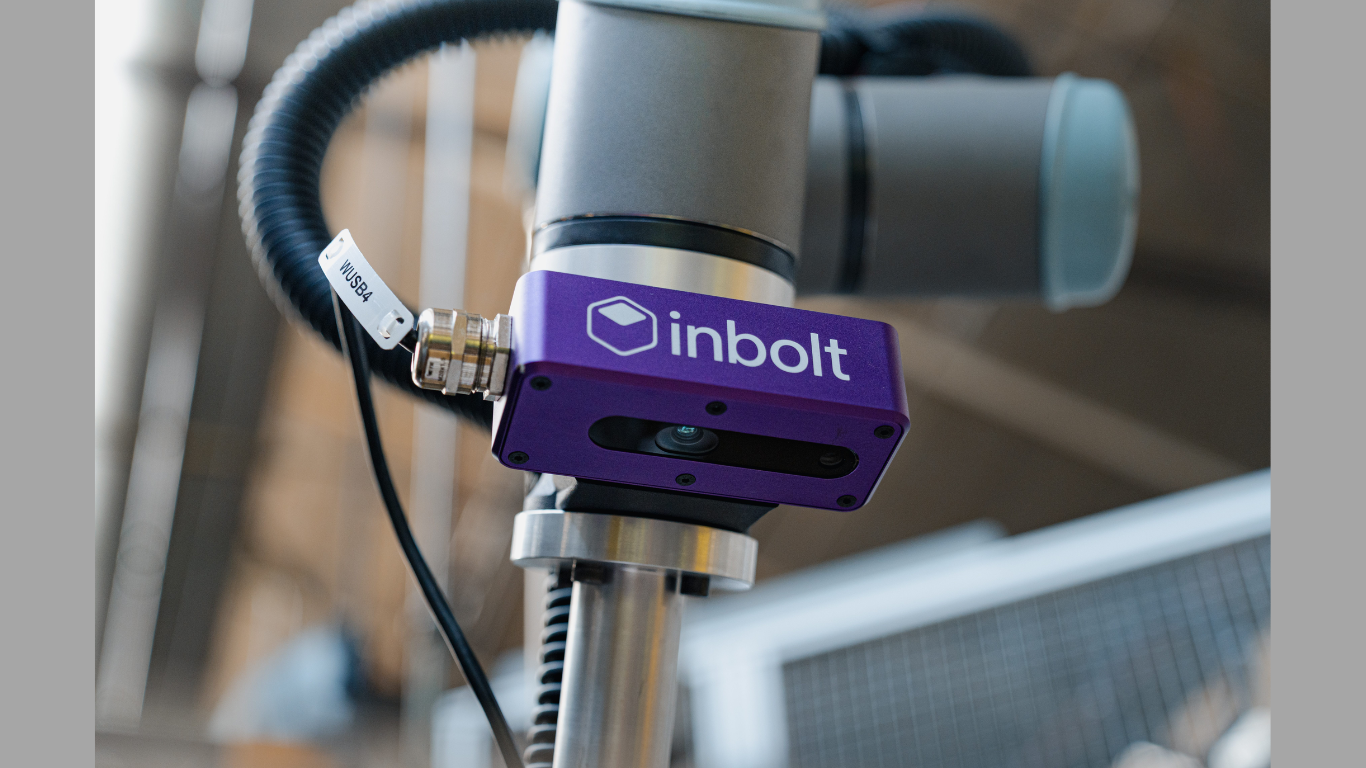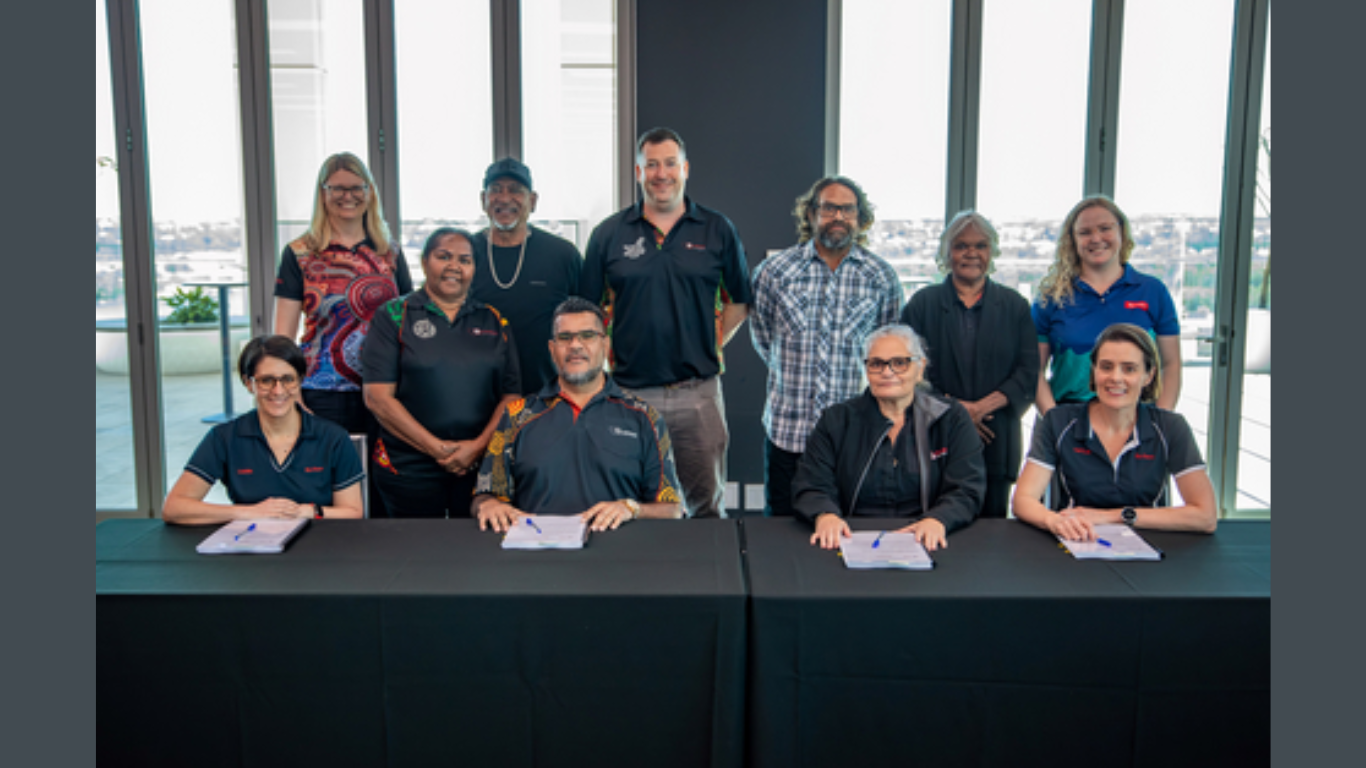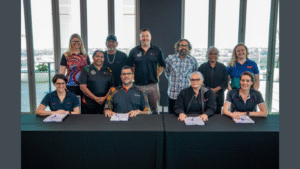The world financial environment has been changing at an unprecedented rate over the last years. Conventional bank enterprises continue to dominate the center stage, although an increasing number of individuals are exploring other ways of managing, investing and accessing money. Flexibility, transparency and inclusivity have necessitated the creation of new models that do not follow the traditional structures. Among these innovations is the concept of bank-free finance, which is gaining attention for its potential to reshape how individuals and communities interact with money.
Why Are People Looking Beyond Traditional Banks?
The banks have been the main avenue of deposits, loans and payments over decades. Nevertheless, a lack of access, expensive service rates, and complicated criteria have resulted in the unserviced or underserved status of many people. It is estimated that billions of people are outside the formal financial system as per the studies of the World Development. This has left a loophole to new solutions that are easier, cheaper and community based.
Models of Finance Outside Conventional Banking
Several systems illustrate how people can manage financial activities without depending solely on banks:
- Microfinance and community lending – Local institutions give small loans and savings to those individuals who are not able to access bank credit. Such models are usually adapted to the needs of small businesses and low-income families.
- Peer-to-peer (P2P) Lending platforms: Technology In this case, individuals can lend directly without going through a conventional financial intermediary. Through such platforms, lenders and borrowers can establish a channel of communication under the terms that they agree with each other.
- Decentralized finance (DeFi): Decentralized finance (DeFi) is a collection of digital tools designed to allow individuals to acquire, borrow, and trade funds without a central authority and utilizing a blockchain as the underlying technology. Though it continues to develop, it brings out the potential of programmable and borderless financial services.
- Informal savings groups – The practices such as rotating savings and credit associations (ROSCAs) are centuries-old instances of group savings; where members of a community give their money to help one another.
Advantages of Alternative Financial Approaches
Inclusivity is among the greatest advantages of researching the model of bank-free finance. Such systems tend to provide avenues to people who are not in the mainstream banking, and they have the opportunity to save, invest or borrow. Moreover, the use of fewer intermediaries can reduce costs and create stronger relations and collaboration among stakeholders, and the community-based models establish closer ties and relationships.
To the businesspersons and entrepreneurs the non-bank options can be faster to access capital and offer more flexible repayment. Simultaneously, the development of technologies has broadened the possibilities of cross-border transactions, providing global opportunities without the limitation of traditional barriers.
Challenges and Considerations
Alternative systems are not without difficulties in spite of their promise. Such issues as regulatory uncertainty, fraud risk, and consumer protection can be a major issue. With blockchain-based platforms, there are still obstacles to mainstream adoption including technical complexity and volatility. Furthermore, informal structures might not be able to be sustainable or equitable in the implementation of contracts.
The balance that is needed to realize the optimal benefits of bank-free finance is ensuring that there is innovation and at the same time, mechanisms that guard the users. These models can thrive in a responsible manner with transparency and digital literacy, as well as favorable policies.
Looking Ahead
This increased interest in non-bank financial systems is symptomatic of a wider move to greater autonomy and inclusion. These alternatives can either amplify or substitute traditional institutions whether in the form of community-based programs, technology-based programs, or in both programs. With the increased integration of economies there is always a likelihood of the emergence of different financial pathways that will provide individuals with more options in the way they live their financial lives.
Article received via email






























